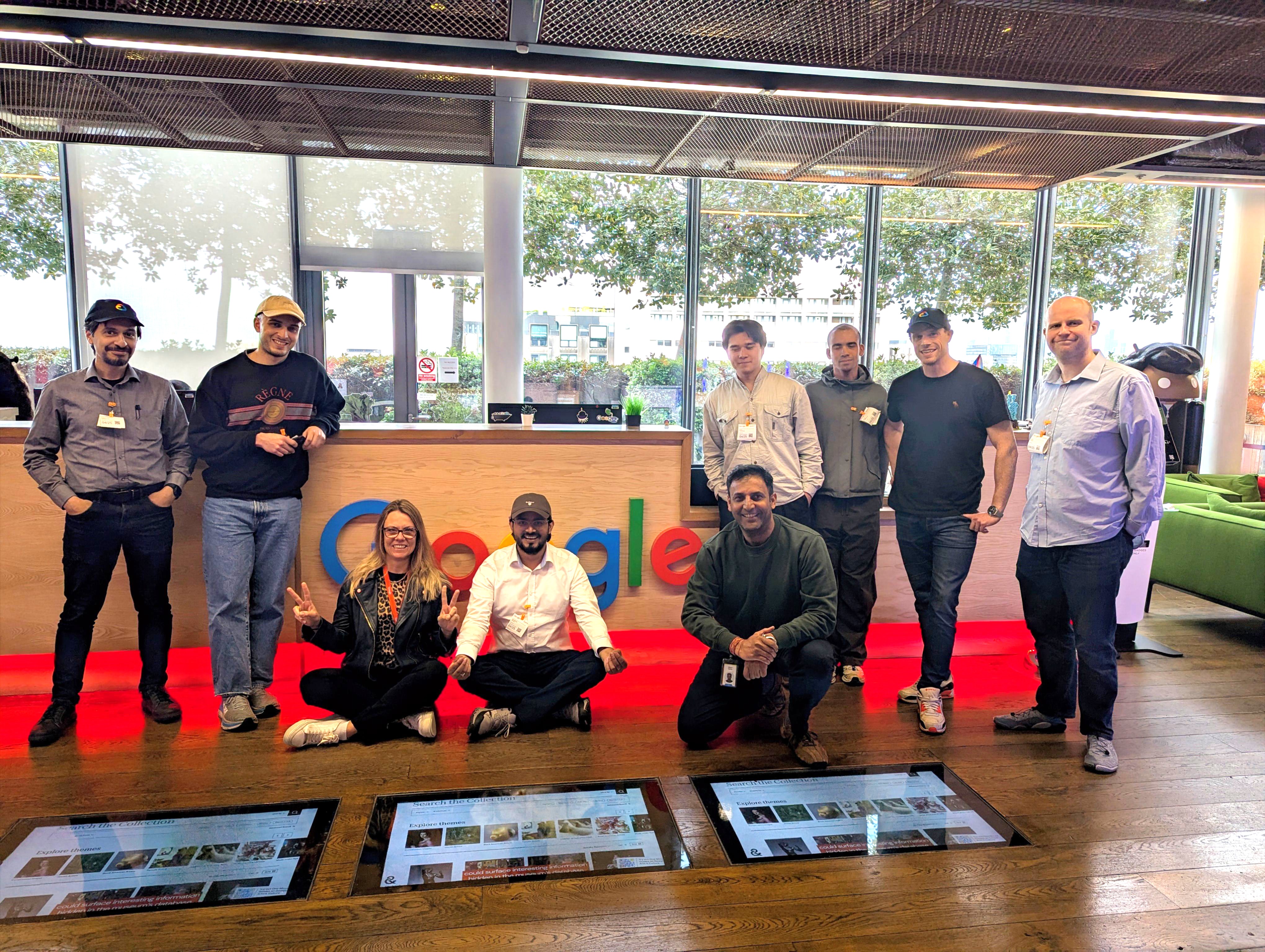Driven by innovation
Powered by talent
Grounded in partnerships
We combine underwriting expertise with innovative technology to deliver tailored capacity solutions for our delegated partners.
£
100
m
Premium written so far
100
m
Total no. of policies
36
Partnerships
02
countries
Our underwriting service
Ultimate data transparency
Our platform Graphene, harnesses cutting-edge technology to deliver real-time data insights, empowering partners to make informed, confident decisions.
Our underwriting service
Strong, strategic partnerships
Carbon’s team acts as a cohesive unit, delivering clear communication and swift, reliable capacity support to drive mutual success.
Our underwriting service
Expertise meets innovation
Our diverse team brings a wealth of expertise and fresh perspectives, fostering innovation and adaptability in everything we do.
Our underwriting service
Service focused approach
Our flexible capacity provision, agile service adapts to your needs, and free from the constraints of legacy systems. We customise our solutions to maximise value for every partner.
What our partners say about us
1/3
Close










